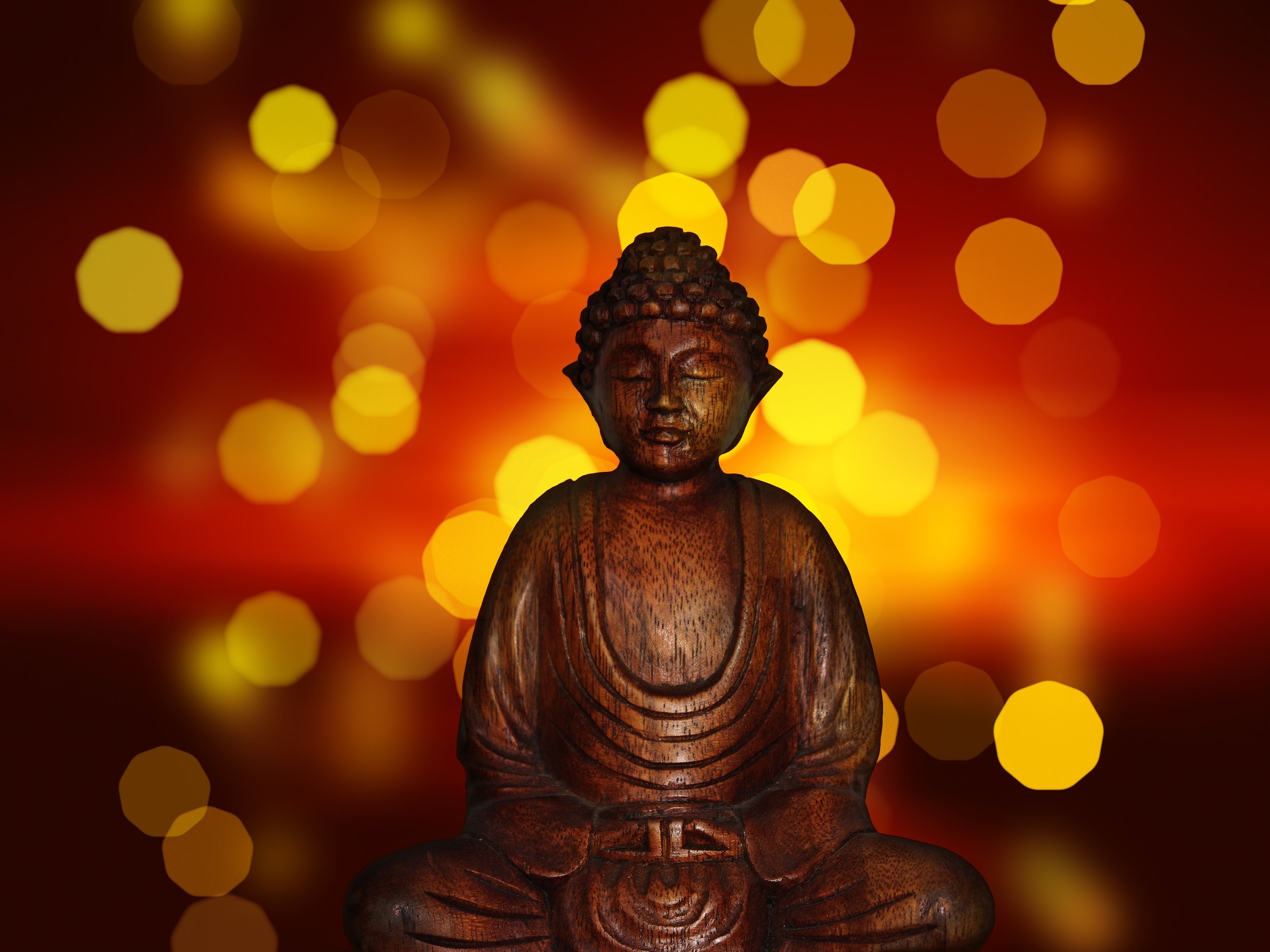Optimise your sleep for better health
Insomnia is one of the most commonly reported sleep-related problems or disorders affecting about one third of the population at any given time. Some people have problems with sleep onset - falling asleep and others have issues with sleep maintenance - staying asleep or waking in the early hours of the morning.
Short term or acute insomnia occurs for a few days or weeks and can be related to stress, worry or overwhelm. Chronic insomnia is classified if sleep issues occur (3 times a week) for 3 months or more. Some people are just light sleepers, even from childhood and may be due to a number of reasons such as sleep habits, not allowing the body & mind to wind down before bed, not enough physical activity during the day or health conditions such as asthma or anxiety.
COMMON CAUSES OF INSOMNIA
Eating & drinking late - allow 2-3 hours for digestion to occur before going to bed.
Regular or over consumption of caffeine, alcohol, nicotine
Shift work - plays havoc with circadian rhythms
Medications & their side effects including sleeping tablets and recreational drugs
Stress / anxiety / depression
Failure to wind down before bedtime
Too much screen time/blue light
Health or medical conditions
ONGOING SLEEP DEPRIVATION INCREASES RISK FOR:
High blood pressure, risk of developing heart disease & obesity
Depression / anxiety
Irritability / mood disorders & forgetfulness
Lowered immunity
Increases Type 2 Diabetes risk by 3 times
Increased cravings for sweet, salty & starchy foods
THINGS TO AVOID
Limit coffee, chocolate and other caffeinated drinks after lunch time.
Avoid participating in vigorous exercise or mentally stimulating activities 2-3 hours before bed.
Minimise alcohol – even though it makes you sleepy, it impairs a deep sleep & is associated with more frequent waking, night sweats & nightmares.
Avoid screens & bright lights an hour before bed, it interferes with the production of melatonin (the chemical which helps you get to sleep).
Avoid electronics in your bedroom & lighting from clock radios.
Sleep medications are only a short term solution.
Avoid sugar, soft drinks and nicotine which is a stimulant & makes it hard to fall and stay asleep.
Avoid napping during the day.
Learn new techniques to manage negative thoughts and over-thinking.
TIPS TO IMPROVE SLEEP
Create a regular sleep/wake cycle to encourage your body’s circadian rhythm to regulate.
Bedroom should ideally be dark, quiet and cool, consider using eyeshades and earplugs if needed.
Create a sleep ritual that works for you or activities that help you wind down such as a warm bath or drink herbal tea an hour before bed.
Download an ‘App’ which reduces ‘blue lights’ from screens e.g. ‘f.lux ’ or adjust settings on computer.
Ensure your blood sugar levels are steady, too many fluctuations may disrupt your sleep.
Listen to a relaxation, meditation/guided imagery CD - any of these may help you get to sleep.
Try and expose yourself to at least 15- 20 minutes of daylight each day – this helps melatonin production.
Aim for 7 – 9 hours of sleep per night.
OTHER CONSIDERATIONS
Minimise stress and unnecessary drama in your life if possible.
Explore how your relationships are impacting on your wellbeing as well as responsibilities and stressors – consider talking to a professional to implement strategies to help.
Not being active enough during the day & leading a sedentary lifestyle can make it difficult falling asleep, keeping physically active can help quality of sleep.
Investigate possible medical conditions that may be affecting your sleep e.g. obstructive sleep apnea, restless leg syndrome, snoring etc.
Consider a calming or weighted blanket – the deep pressure stimulation may provide a reassuring feeling.






